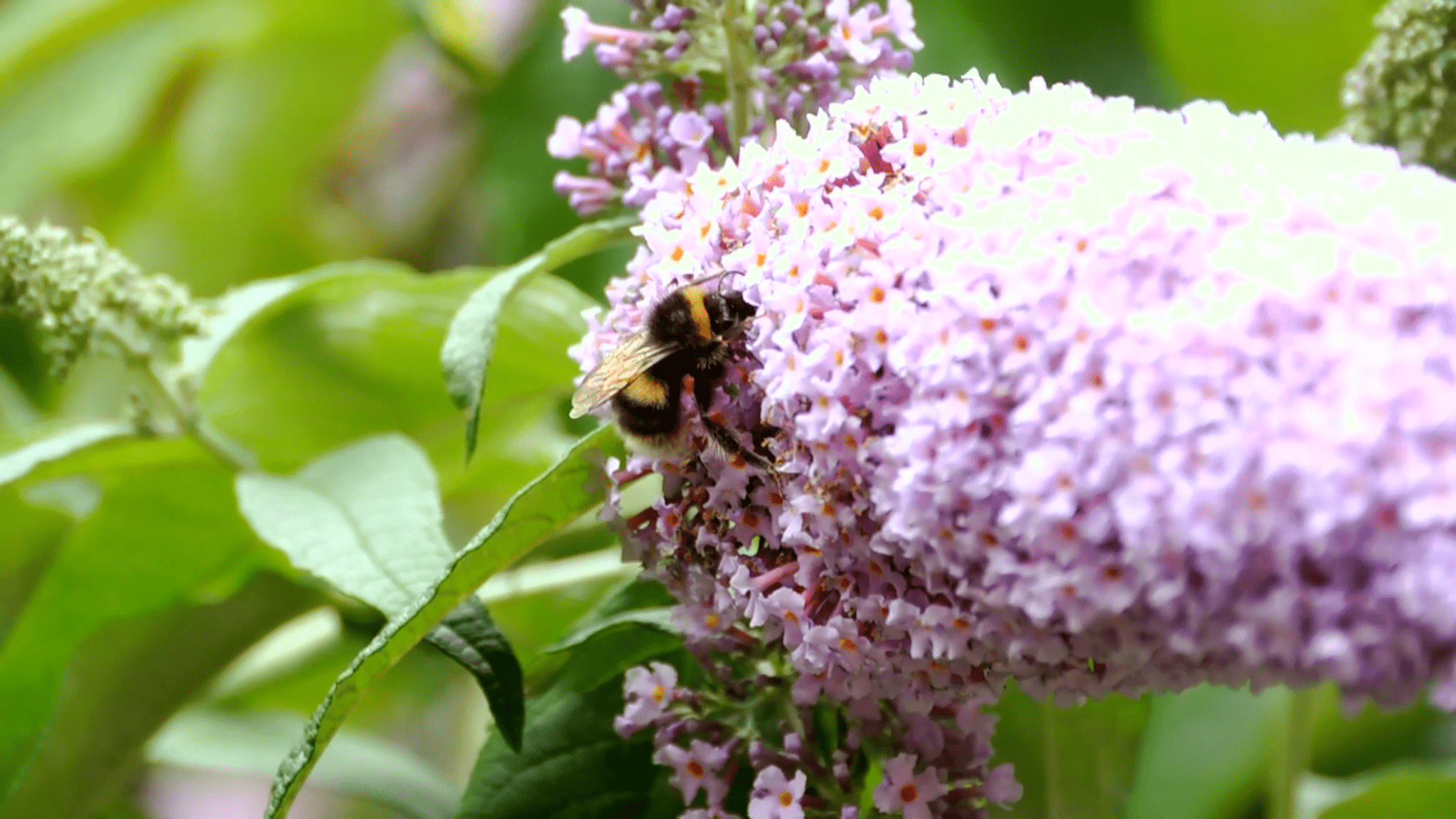A non-native from the far east, in mid-summer, this large shrub produces an aromatic scent that attracts butterflies such as, Tortoiseshells, Peacocks and Red Admirals, in their droves and creates a brilliant insect fuelling station in the garden. Although popular with gardeners, it originally escaped from cultivation and is now a common sight, growing on waste ground, railway verges, quarries and can be seen springing up from wall cavities in urban environments. With ‘winged’ seeds, it is a prolific disperser and can crop up almost any where in the garden. Be warned though, don’t let this woody shrub spring up near the house or you might well find it under-mining your drains and start to cause all sorts of problems with the mortar!
Latin name: Buddleja Davidii
Identification
- Plant Height: Up to 8ft high.
- Leaves: The leaves are a pale green, lance shape, fury to the touch and arranged alternatively along the stem.
- Flowers: Large clusters of small, tubular flowers, creating large panicles, which range from 10cms to 50cms in length and vary in shades of lilac.
- Habitat found: Widespread and can be found in many different habitats
- Flowering time: July to October
- Attracts: Butterflies, bees and moths
In the garden
This is a great shrub to have in the garden as it grows quickly and brings wildlife into the garden, providing a place to feed and nest. It is a sun loving and drought tolerant plant, which can cope with all sorts of soil conditions and is seen as an all-round garden toughie, coping with even coastal conditions.
Did you know?
Buddleia is deemed as one of the most successful of all plants to be introduced to the UK. It was brought to Europe by Victorian botanists, from its native south west China, where it is found growing in rocky habitats, and as it is such a prolific disperser and speedy grower, is now firmly established in many towns and cities in Britain. It is seen as one of the main reasons why we have such a large diversity and number of butterflies in our inner-city, urban habitats.
